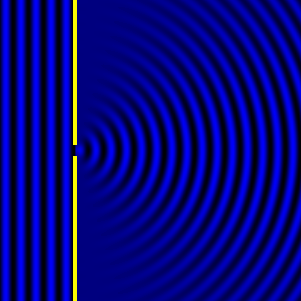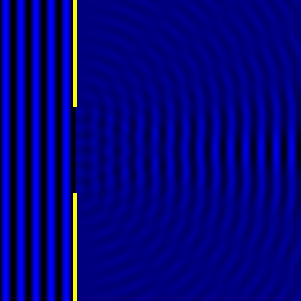The Inception of the Concept
Upon being asked to find the number of microorganisms in a given sample, the response from members of our iGEM team has invariably been a long sigh and a plea to the realms of the supernatural. That most human quality - laziness - alongside flaws in traditional techniques, which we will revisit below, has led to us designing a potential solution in the form of a Digital Inline Holographic Microscope (DIHM). In particular, we discovered that, when studying co-cultures, there are precious few methods of counting cells that are accurate, fast, cheap and neither invasive, nor destructive. We decided, therefore, to try to incorporate two novel applications of science in this project.
The first of these is the development of an inexpensive DIHM and accompanying software which is able to automatically count cells. Due to the inherently digital nature of this type of microscopy, software can easily be created and adapted such that the DIHM can not only count organisms but, also, differentiate between those that are distinguishable by physical appearance. Among the most important motivators of this hardware/software combination were speed of measurement (our target was the order of seconds or minute per measurement) and low costs for setup and maintenance. Further, in co-cultures wherein neither organism contains a fluorescent marker, the process of counting each type can become a rather complex endeavour. With our Quicker Way to Analyse Co-Cultures, however, there exists the potential for real-time counting of all physically distinct organisms within a sample.
In the table, below, various methods of cell counting are compared with each other. This is not quantitative and simply shows how each technique stacks up compared to the rest of those on the list. This is denoted through a traffic light system - green is good, yellow is reasonable, red is bad.

Digital Inline Holographic Microscopy
How does it work?
Digital holographic microscopy makes use of diffraction. This a physical phenomenon wherein objects (or apertures) in the path of a source of waves will create patterns in the waves. These patterns depend on the shape of the objects themselves. Since electromagnetic waves are, somewhat unsurprisingly, waves, it is possible to use the diffraction of light to create patterns that we can see.

- Diffraction pattern caused by a slit of width equivalent to one wavelength [1].

- Diffraction pattern caused by a slit of width equivalent to six wavelengths [1].
The above images show examples of patterns being formed in wavefronts by apertures in the path of otherwise uninterrupted waves. As can be seen by contrasting these images, the pattern created by a larger aperture is distinguishable from a smaller aperture's pattern. The particular distinctions can be described through mathematical formalisms. Thence, once the diffraction patterns have been created, it is possible to infer the shape and size of the objects that caused them, if we also know the wavelength of the light source and the distance from the sample at which the patterns were observed.
Co-Cultures: Bacteria and Algae can be Friends!
Go Together, Grow Together.
This section is still under development, but it will soon contain information regarding a co-culture comprising Chlamydomonas reinhardtii and Escherichia coli.
References
- [1]: Diffraction Formalism, Wikipedia, as on 4th September 2017 at http://en.wikipedia.org/wiki/Diffraction_formalism



